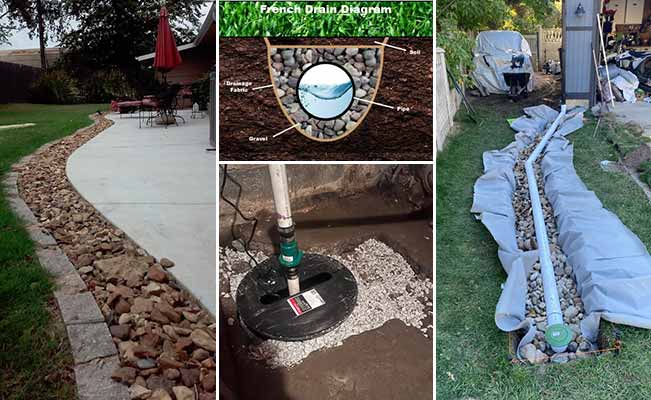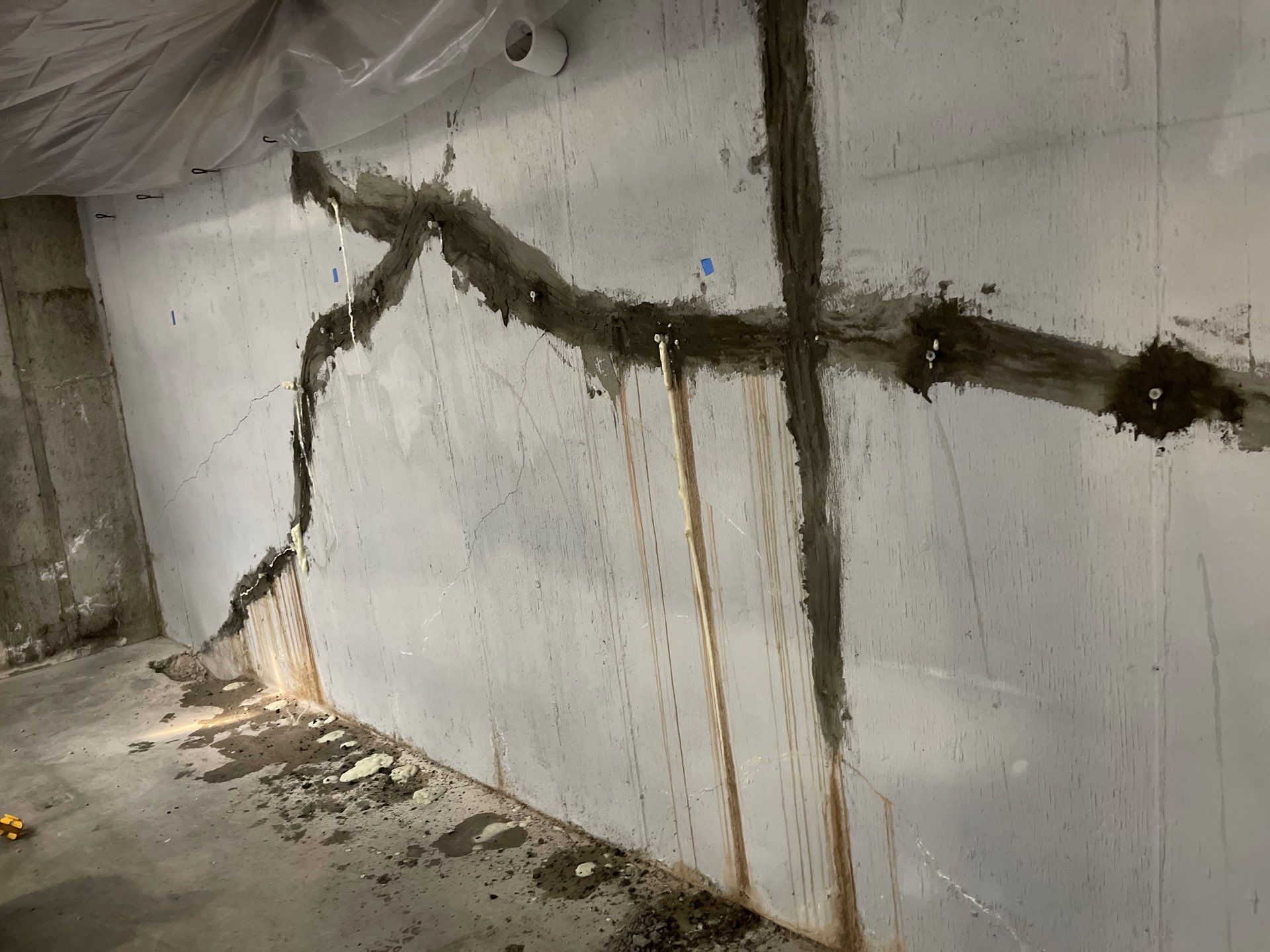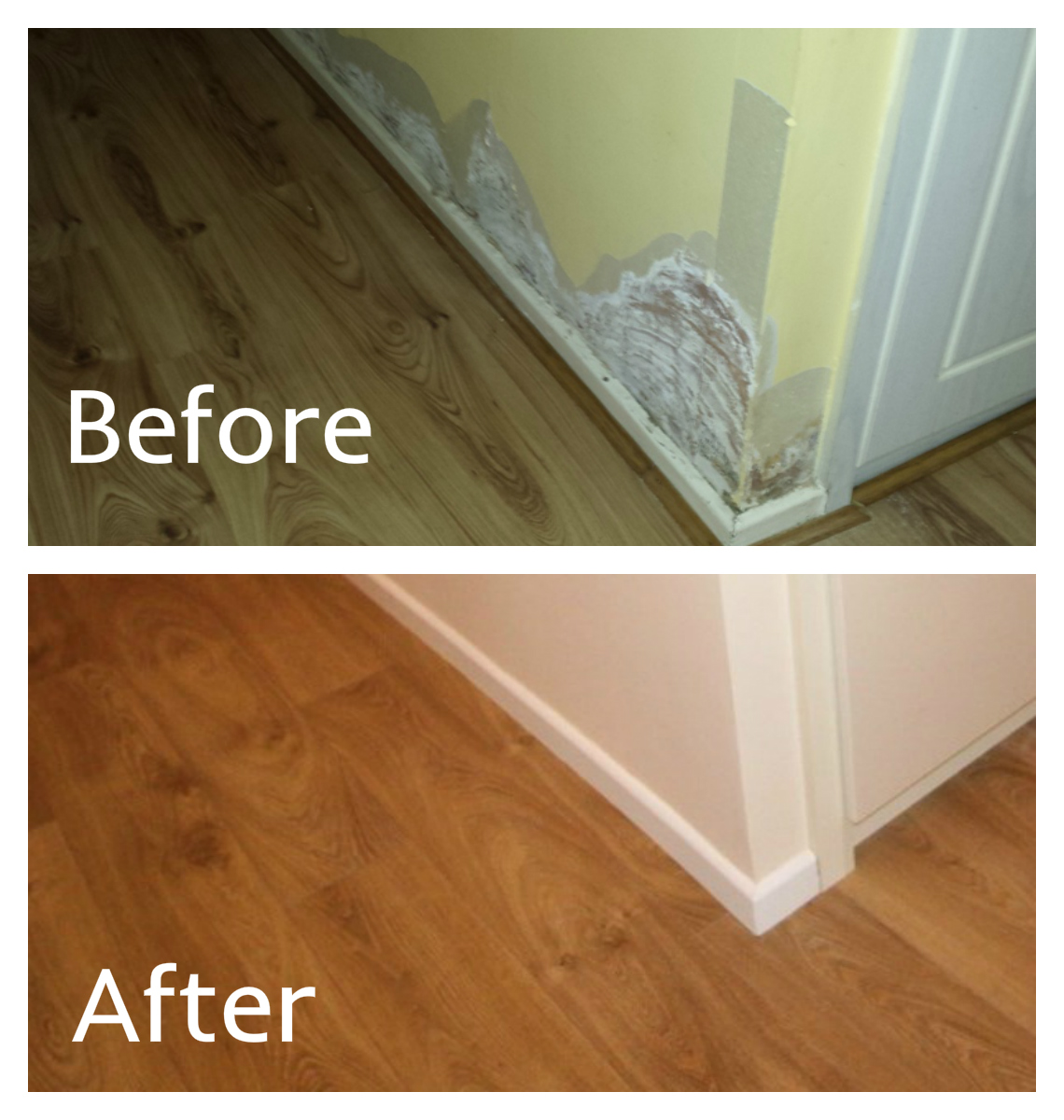What is Smoke Odor Removal?
Smoke odor removal refers to the process of eliminating the lingering smell of smoke from various materials and surfaces after a fire incident. Effective smoke odor removal is vital for restoring livability and improving indoor air quality.
What Are the Good Options for Smoke Odor Removal?
Good options for smoke odor removal include basic cleaning methods using household products.
- Baking Soda: Place open containers of baking soda in affected areas. It absorbs odors over time.
- Vinegar: Use a mixture of equal parts vinegar and water to wipe surfaces. Vinegar neutralizes smoke odors.
- Activated Charcoal: Utilize activated charcoal bags to absorb smoke odors effectively.
What Are the Better Options for Smoke Odor Removal?
Better options for smoke odor removal involve specialized products and techniques that target stubborn odors.
- Odor Neutralizing Sprays: Use commercial odor neutralizers specifically designed for smoke. They bond with odor molecules.
- Enzyme Cleaners: Apply enzyme-based cleaners that break down organic compounds contributing to the smell.
- Air Purifiers: Employ high-efficiency particulate air (HEPA) purifiers to filter out smoke particles and improve air quality.
What Are the Best Options for Smoke Odor Removal?
The best options for smoke odor removal combine professional services and advanced technology.
- Professional Fire Damage Restoration: Hire specialists trained in smoke odor removal. They use advanced techniques like thermal fogging and ozone treatment.
- Thermal Fogging: This method recreates the smoke’s behavior, allowing the deodorizing fog to penetrate even the smallest cracks and crevices.
- Ozone Treatment: Ozone generators release ozone gas that seeks out and neutralizes smoke odors effectively.
How Do I Create an After Fire Checklist for Smoke Odor Removal?
An after fire checklist for smoke odor removal helps ensure thorough cleanup.
- Assess Damage: Inspect all affected areas to identify the level of smoke damage.
- Ventilate the Area: Open windows and use fans to circulate fresh air.
- Remove Debris: Clear out any burned material or debris from the premises.
- Clean Surfaces: Use appropriate cleaning agents to wash walls, ceilings, and furniture.
- Assess HVAC Systems: Check heating, ventilation, and air conditioning systems for smoke residue.
- Utilize Odor Removal Techniques: Implement good, better, and best options discussed above.
- Test Air Quality: Consider using air quality monitors to ensure the smoke odor is completely removed.
What Are Common Fire Cleanup Tips?
Fire cleanup tips play a crucial role in efficient smoke odor removal.
- Act Quickly: The sooner you start cleanup after a fire, the better the results.
- Wear Protective Gear: Use masks and gloves to protect yourself from hazardous materials.
- Take Photos: Document the damage for insurance claims.
- Consult Professionals: When in doubt, seek help from fire damage restoration experts.
Why is Professional Fire Damage Restoration Important?
Professional fire damage restoration is essential for comprehensive smoke odor removal and safety.
- Expertise: Professionals have the knowledge and experience to identify and treat all smoke odors effectively.
- Advanced Equipment: They use specialized equipment not available to the average homeowner.
- Insurance Compliance: Professional services often comply with insurance requirements, aiding in claims processing.
What Are the Risks of Inadequate Smoke Odor Removal?
Inadequate smoke odor removal poses several risks, including health issues and property damage.
- Health Risks: Lingering smoke particles can lead to respiratory issues and allergies.
- Structural Damage: Residual odors may indicate deeper structural damage or deterioration.
- Odor Retention: Failure to remove odors can lead to permanent retention in materials, making future removal more difficult.







Leave a Reply